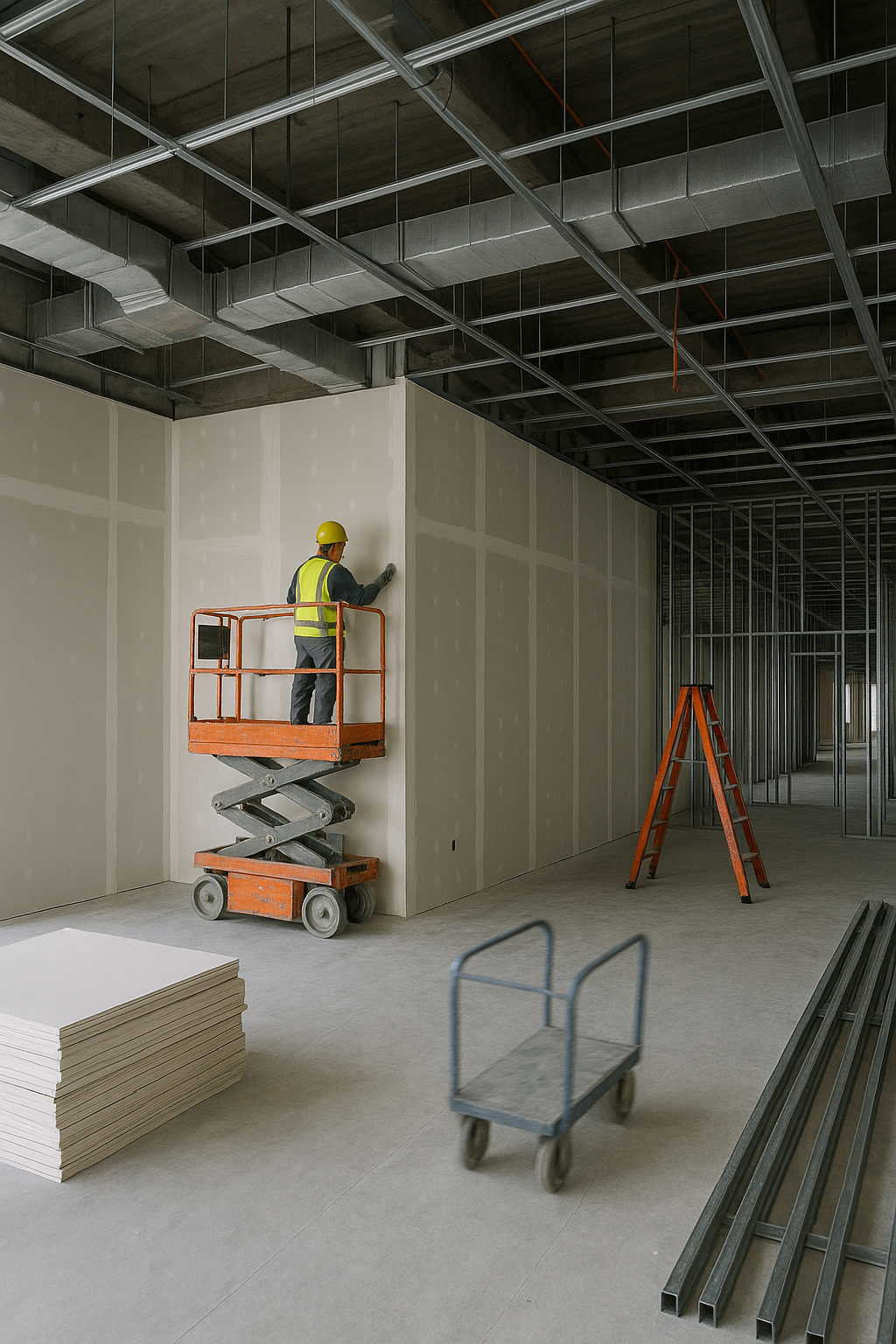
Change orders are a fact of life in drywall construction. Whether they're driven by field conditions, client modifications, or design oversights, they carry the potential to disrupt both project flow and profitability. For architects, engineers, and general contractors, managing change orders efficiently isn't just a project management issue—it’s a critical component of accurate cost control and trust-building across all stakeholders.
Most change orders in drywall projects stem from predictable factors. Identifying and addressing them early can reduce volume and complexity:
Beyond material and labor, change orders create ripple effects across your project:
The most effective way to manage change orders is to prevent them—or at least anticipate them—during the preconstruction phase. This is where data-centric tools like Active Estimating offer a strategic advantage.
Even with great planning, change orders will happen. The goal is to handle them with clarity and control:
By giving project teams access to both objective model data and subjective field insights, estimating platforms can become powerful tools for change order prevention. A well-structured drywall estimating software doesn't just quantify walls—it helps anticipate where change is most likely to occur and puts controls in place before construction begins.
Too often, change orders are treated as post-construction events. But their origins are usually in preconstruction. Embedding change order intelligence into your estimating process—from design versioning to visual auditing—enables a more resilient and responsive project strategy.
Handling change orders is as much about mindset as it is about process. By transitioning from reactive to proactive workflows, project teams can manage drywall changes without losing control of cost or timeline. Estimators who operate with data-rich tools and version-aware platforms are better equipped to lead—not just respond—when the next change comes.
Richard Schoener
richard@activeestimating.com
(530) 601-7899
Active Estimating
508 2nd Street, Suite 208
Davis, California 95616
https://www.activeestimating.com/
https://www.activeestimating.com/drywall-estimating-software
Schedule a personalized demo to see how Active Estimating can work for your specific needs.
